|
My two most recent posts focused on my passion for engaging K-12 learners and my beliefs that Flow Theory might be a way to better engage them. While time and research may reveal that Flow Theory is a Most Valuable Player in planning K-12 instruction, the MVP in the title of this post refers to a different MVP - the Minimum Viable Product. According to Eric Ries, the minimum viable product is that version of a new product which allows a team to collect the maximum amount of validated learning about customers with the least effort. Another way that Ries defines the minimum viable product is as the smallest thing you can build that lets you quickly make it around the build/measure/learn loop. This blog post is about the minimum viable product (MVP) for Flow Learning. The MVP The minimum viable product for Flow Learning is presenting the application of Flow Theory to students and teachers in the field to see if they have a need or interest in the product. I have already done this to a small sample of teachers and students, and the results are presented in my previous blog post. Presenting these ideas allowed me to test my ideas in the smallest format that could still provide me with valuable feedback for learning. What I learned from this step of the feedback loop is detailed in my previous blog post, so I want to focus on the next step in this blog post. The next step will be to take what I learned from the results mentioned above and use them to modify my ideas to create a theory-based framework for Flow Theory that can be immediately applied to planning K-12 learning units or modules. One of the challenges to creating this MVP would be making the framework applicable to a K-12 instructional unit. In order for the application of Flow Theory to work effectively, teachers or curriculum designers would need a tool that allows them create a list of activities that will personalize learning to their students, so that students’ learning activities match their ability levels (see the image below from a previous post). The best tool for this is likely a learning management system (LMS) such as Canvas, but then students will also need to have devices that allow them to access content on the LMS. Instead of looking to create a context in which I need to add device access and LMS access for all students, it would be best to measure Flow Learning in a context that already has one-to-one devices and utilizes an LMS. I would also want to test my MVP with a small group of students and teachers so that I can get to know them well enough to understand how Flow Learning can best meet their individual learning and pedagogical needs. Selling Flow Learning in the Bazaar
Because the idea of implementing Flow Theory depends on meeting the needs of many different users, i.e., students and teachers in different contexts, one of the methods for developing the theory-based framework is to work out its development using the bazaar model made famous by Linus Torvalds in developing Linux. In reading Raymond’s (2000) The Cathedral and the Bazaar (CatB), I discovered many useful tips in how to make the process of testing the MVP effective and beneficial. One of the most important lessons I learned from CatB is that developers “don’t really understand the problem until after the first time [they] implement a solution. The second time, maybe [they] know enough to do it right. So if [they] want to get it right, [they should] be ready to start over at least once.” This idea enforces the need to get the MVP to consumers quickly so I can learn more about the problem I am really trying to solve. The next idea from CatB that will influence how I test and develop Flow Learning is to treat users as co-developers because doing so comes with many benefits. First, when developers treat their users as co-developers then users can assist in creating rapid improvements for the MVP. Second, incorporating more users in the development process helps in finding more ways and different ways to tease out problems with the product. Third, CatB suggests that if early testers of a product are treated as a developer’s best resource, they will become the developer’s best resource. Teachers have such little time to begin with, so I need to make sure that any time they offer to give me is valued as well as their opinions. Doing so will allow teachers and their students to provide valuable input in redesigning and updating the MVP. Lastly, in valuing beta-testers I will also benefit from their good ideas. According to Raymond (2000), “the next best thing to having good ideas is recognizing good ideas from your users [and] sometimes the latter is better.” Conclusion In an earlier post, I stated that in order test my theories on the usefulness of Flow Theory to K-12 instruction, I needed to test my ideas with others. Upon doing so, I have found that there is demand for a program that helps implement Flow Theory into K-12 classrooms. The next step in testing Flow Theory in the classroom is to create a minimum viable product. With such a product, I can allow users to test the product and provide me with feedback. Such feedback can be used to improve the product for re-implementation and testing. One of the keys to product development is to quickly complete the feedback loop. Choosing testers who can provide valuable feedback will help make quick improvements to the product, as well as help identify the problems that need to be solved both by and within the product. Developing the MVP is the next step towards discovering how components of Flow Theory, e.g., matching difficulty of skill and providing frequent feedback, affect a student’s learning.
0 Comments
The Need for a Question In my last post, I discussed my passion and the direction I believe it is taking me. I ended that post with the idea that the next step was to get out and talk to others to see if my ideas were shared, or if I had misconceptions concerning student engagement, boredom, and anxiety, i.e., the state of flow students experience in K-12 education. To check on my ideas I sent an informal survey out to current or recent teachers as well as current or recent high school students. I received 7 responses from teachers and 13 responses from students. There were interesting discrepancies in the responses. These discrepancies can be seen in Table 1. I found this data to be interesting because it suggests that teachers are better at recognizing boredom in students than they are anxiety (which makes sense because it is more socially acceptable to be bored than it is anxious). However, the more important suggestion from the data was that the majority or participants believe students are either bored or anxious within certain contexts. I followed the above questions by asking participants to rank the need for a program or tool that would help students experience flow in the classroom from 1-5, and whether they thought such a program would engage students on a scale from 1-5. The responses are in Table 2. Table 2 illustrates that students feel a greater need for a program that utilizes Flow Theory than teachers do; however, both groups of participants seem to feel that such a program would help engage students in the learning process. The answers to these questions seem to reinforce the ideas from my previous post that students face boredom and anxiety in the classroom. With this information in hand, I set out to find my research question.
Clarifying The Question In order to create a question that was focused and could be researched, I workshopped my ideas with Dr. David Wiley and other graduate students in my grant writing class. The initial version of my question was:
We took this question and identified any variables within the question, words or phrases, that could be changed to make the question more specific. This led to a question that looked like:
After listing out different words or phrases for each parenthetical phrase, the question was revised to read:
After repeating the exercise of bracketing and specifying or rearranging different variables in the question, the question went through the following versions:
This final form of the question (#7) is the question that I will be focusing on for my future research. There is still more work to be done with the question, such as specifying which students I am concerned with researching. Also, I need to make sure that I am not repeating work that has already been done. Next, I must get into the literature to discover what work has been done in the realm of K-12 Flow Theory applications. This is a topic I have written about before, but I find that as I develop greater understandings of my field it becomes necessary to revisit what it is I am passionate about. First and foremost let me say this: I am passionate about education. But what does being passionate about education really mean? Am I equally passionate about ALL education? No. While I think all education is important, there are certain aspects of education that I am more passionate about in general than others. For example, my background is High School and College English Language Arts (ELA) Education and I’m therefore much more passionate about it than I am say Elementary Social Studies Education. However, I am not devoid of passion for Elementary Social Studies Education. This assessment tells me that I am passionate about education in general. About education’s principles and techniques, its practitioners and its participants, which leads me to another question. What specifically am I passionate about within the realm of education? This question take me back to a conversation I had with Professor Russell Greinke, in the East stairwell between the 2nd and 3rd floors of the Martin Building at the University of Central Missouri. It was here that I first used the word “edutainment” to describe one of the goals I had for my (then) future classroom. Today, I find that the goals for my classroom are not much different. I am still passionate about finding better ways to engage learners within the classroom setting. However, unlike the 2008 pre-service teacher version of myself who was talking to Dr. Greinke in the stairwell, I now have a deeper understanding of how such engagement can be accomplished, and the answer for me is Blended Learning. For me, blended learning holds the key to how we can better engage the students of 21st century classrooms. Blended learning combines the traditional face-to-face modality of education with the technological affordances of an online learning system. Through blended learning, teachers can create more easily accessible and available content for their students; they can make help (both general and personal) more available to students both inside and outside of the classroom; they can provide ALL students with a forum to present and share their ideas; they can obtain data that helps them to track student progress, effort, and achievement in REAL TIME; they can engage students using a variety of teaching tools and applications; and they can allow students to learn at their own paces, in various places and times throughout the course. This is something my own students could have benefited from when I was teaching high school and college ELA. When I was teaching ELA, I served students whose ability level ranged anywhere from reading below a 7th grade level to reading above a collegiate level (according to the Scholastic Reading Index). When this was the case, I could not easily provide each student with the personalized instruction that would help them improve their skills. So, I did what teachers have seemingly done traditionally - I taught to the middle of the class, or more exactly, to where students should have been for their respective grade level. While I found that this was an effective practice, it did not seem to be the MOST effective practice. The result of me teaching to the middle was that my high achieving or advanced skillset students were often bored, and my low achieving or remedial skillset students were anxious concerning what I was asking them to do (see the Flow Theory Chart below). The average skillset students had the best opportunities to be engaged in the tasks of the classroom. I wish I would have had the knowledge and technology to have blended my classroom practices, so that I could engage all levels of learners with tasks that had the appropriate of difficulty for them. If I did, I think I could have created a greater sense of flow for all of my students (and by doing so better engaged them in their learning). So, what’s next? As Dr. David Wiley once told me, “Anecdote is not singular data.” I would like to complete research and share my ideas with others to determine whether or not my beliefs concerning the lack of flow and the abundance of anxiety and boredom in classrooms is universal. If my experiences are universal, then I can begin to look into ways in which blended learning can foster flow in classrooms. My hope is that I can be a catalyst for change in improving face-to-face pedagogical practices by incorporating blended learning systems into such contexts. This is my passion.
I want to help students learn better and have better educational experiences. To accomplish this goal, I want to help teachers teach better, and one way of doing so is by helping them personalize their instruction to ALL of the students they serve. I want to help revolutionize the twenty-first century classroom. There are many platforms available to public school teachers to help them provide students with an engaging 24/7 learning platform via blended learning. However, teachers need to understand the benefits of doing so, and how to overcome the accompanying costs. Helping teachers understand these principles will hopefully persuade them to adopt blended learning as part of their 21st century pedagogy. Improving teacher pedagogy to better engage students is my passion. |
About
This blog presents thoughts that Cecil has concerning current projects, as well as musings that he wants to get out for future projects. For questions or comments on his posts, please go to his Contact page. Archives
April 2024
Tags
All
|
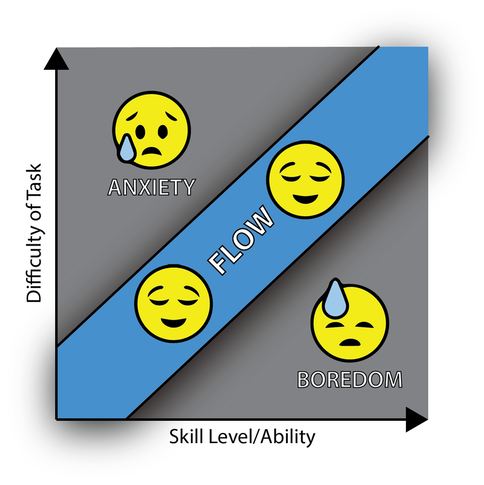
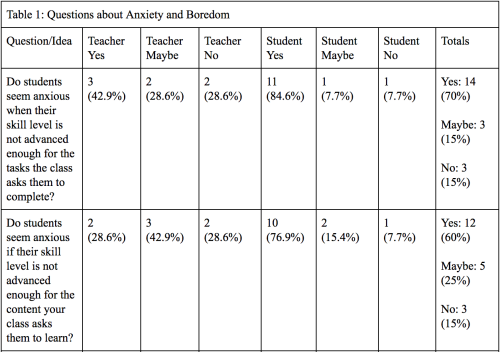

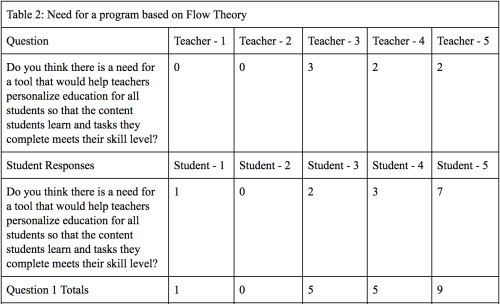

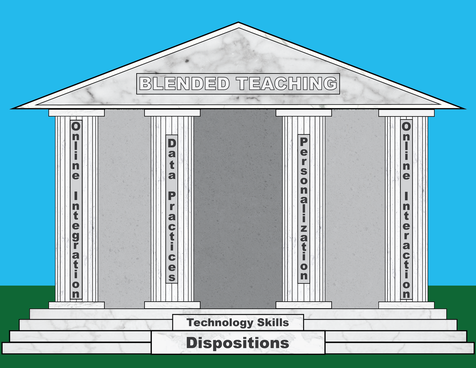
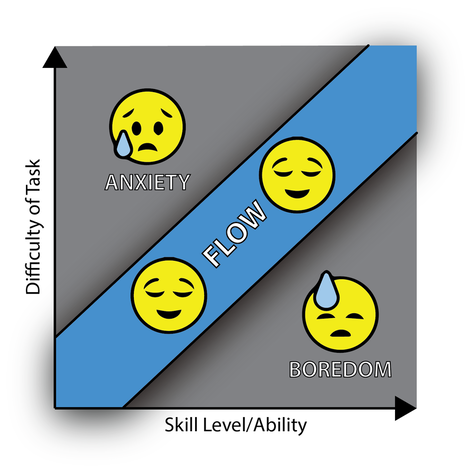
 RSS Feed
RSS Feed
